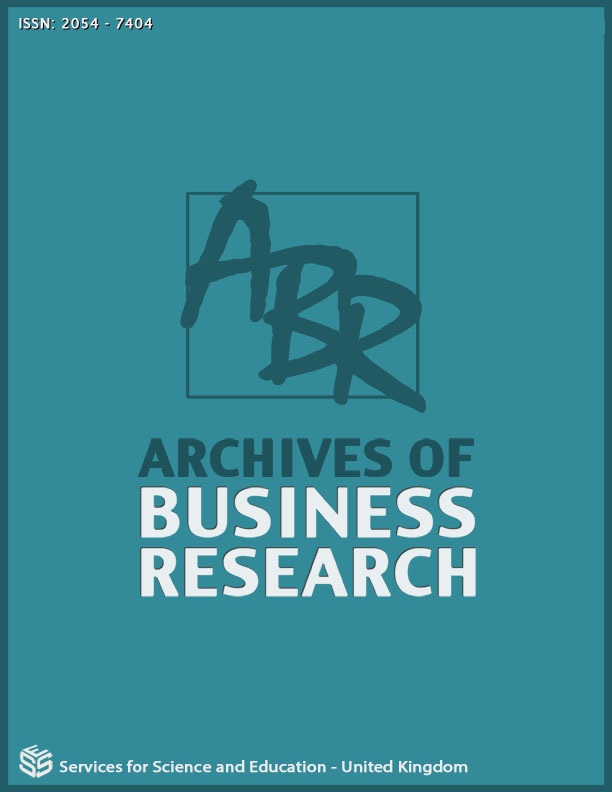Socio-Economic Effects of Terrorism in Developing Countries: A Case of Kenya
DOI:
https://doi.org/10.14738/abr.122.16516Keywords:
Terrorism, social-economic effects, developing, KenyaAbstract
Developing countries across the world have in the recent past become popular targets for terrorists and this has negatively impacted the performance of their social and economic development efforts. Based on its nature, terrorism is currently mainly categorized under international terrorism, domestic terrorism and transnational terrorism. Some of the causes of terrorism in developing countries include oppression from the ruling governments, ideological differences which include religious differences, poverty, as well as porous geographical borders which contribute to the growth of international terrorism. This paper will thus conceptualize the effects of terrorism in relation to social and economic growth in developing countries such as Nigeria, Somalia, Mali, Tanzania and Uganda, with specific reference to Kenya as the case study. Kenya has experienced sporadic terrorist attacks since the 1980s to date (January 2024) and these attacks have so far caused effects on the social and economic developments of Kenya as a developing country. This paper will highlight the types and causes of terrorism in Kenya and expound further on the effects of terrorism on social and economic developments in Kenya. This paper will be underpinned by the Henry Tajfel’s social identity theory of intergroup behaviour and discussed further under the theoretical framework.
Downloads
Published
How to Cite
Issue
Section
License
Copyright (c) 2024 Immaculate Kemuma Thomas

This work is licensed under a Creative Commons Attribution 4.0 International License.






